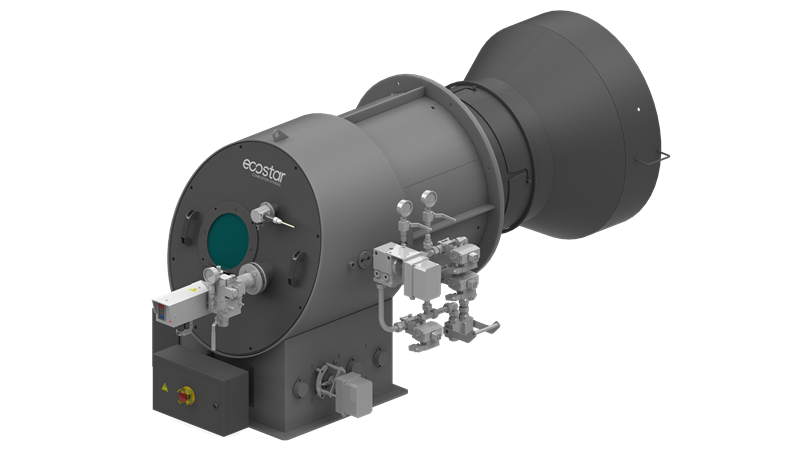An Novice's Adventure into the the fascinating World of Timber Burnt Stoves

In case you're considering installing a wood burning stove to your dwelling, you're embarking on a journey full of warmth, charm, and practicality. Recently, these stoves have experienced a significant comeback, attractive not just for their nostalgic ambiance but also for their efficiency and affordability. If you're new to this, the world of wood burning stoves can be both exciting and overwhelming, having numerous options, styles, and considerations to keep in mind. This guide aims to provide a comprehensive look into all that you need to know to have informed decisions, assisting you navigate through the intricacies of wood burning stoves.
From comprehending the environmental impact and safety considerations to selecting the right stove for your space, our exploration will cover essential topics like how to operate your stove safely, maintain it long-term, and even the best woods to burn. Regardless of whether you are looking to boost your dwelling's heating efficiency, add value to your property, or simply enjoy the cozy atmosphere created by a crackling fire, this guide is your complete beginner’s resource to the world of wood burning stoves. Let's dive in and discover the warmth and joy that wood burning stoves can bring to your life.
Grasping Wood Burning Stoves
Stoves that burn wood have long been appreciated for their ability to provide warmth and comfort during chilly seasons. They operate by combusting well-aged wood, which releases warmth through a regulated combustion process. Unlike traditional fireplaces, wood stoves are built to be more efficient and eco-friendly, capturing more heat and reducing emissions of smoke. As homeowners seek eco-conscious heating solutions, wood burning stoves are becoming progressively popular for their efficiency and visual charm.
Choosing the right wood burning stove requires understanding the different types available, including standalone models, insert stoves, and stove cookers. Each type offers unique features suited to different house configurations and individual tastes. It is essential to consider factors such as heat output, style, and the stove's performance to create a cozy environment. By selecting a stove that meets your particular requirements, you can enhance your living space while enjoying the benefits of wood heat.
Upkeep is vital for ensuring the durability and effectiveness of a wood burning stove. Frequent cleaning of the flue, flue, and firebox helps prevent the build-up of creosote, which can be a safety risk. Additionally, using the appropriate type of wood and maintaining proper ventilation will not only ensure a steady burn but also enhance the stove's efficiency. By learning how to care for your stove, you can enjoy the heat it brings for years to come.
Setup and Safety Guide
When installing a wood burning stove, it's important to follow regional building codes and guidelines. Begin by selecting Eco Wood Burners Hatfield that allows for safe distances from ignitable materials, including walls, roofs, and flooring. Ensure the surface beneath the stove is non-combustible, as it will need to withstand high temperatures. Before installation, it is recommended to have a professional inspect the chimney to verify it is fit for wood burning. A properly installed flue system is vital to ensure safe discharge of smoke and gases.
Protection is critical when operating a wood burning stove. Always use cured wood, as moist wood can generate excess smoke and creosote accumulation, raising the risk of chimney fires. Make sure to have a carbon monoxide detector and smoke alarms in place and consistently tested in your home. Create a safe zone around the stove by removing ignitable materials away, employing a fire screen if necessary, and educating family members on stove safety practices.
After installation, regular maintenance is critical for both protection and efficiency. Plan an annual chimney sweep to remove creosote and check proper operation. Keep the stove and surrounding area well-kept, checking for signs of damage or deterioration. Familiarize yourself with the proper operation of the stove, including loading techniques and managing the fire for best performance, to ensure that your wood burning stove remains a reliable and efficient heating source for years to come.
Care and Efficiency Tips

To guarantee your fireplace operates optimally, regular maintenance is essential. Start by maintaining the flue and smoke box at least once a year to prevent the buildup of soot, which can lead to hazardous chimney fires. Additionally, inspect the seals around the entrance and air control systems periodically for wear and tear. Replacing worn gaskets helps maintain proper air flow and enhances the stove's efficiency, allowing it to consume fuel more completely and produce more warmth.
Another critical tip for maintaining efficiency is to use seasoned hardwood as fuel. Properly dried wood has lower moisture content, which results in cleaner burns, reduced smoke production, and higher energy output. Steer clear of burning light woods or wet wood, as they can cause creosote buildup due to improper combustion. Implementing a good storage system for your firewood also adds to better efficiency; ensure it is stored off the ground and in a airy area to prevent moisture absorption.
Lastly, understanding how to use your stove effectively is crucial for both maintenance and efficiency. Use the air controls wisely to manage the burn rate, leading to a steadier fire and lower emissions. Keeping the glass door clean and clear also provides better visibility of the fire, letting you control the airflow as needed. Continuously assessing the condition and performance of your stove will help you enjoy the many benefits it provides while maintaining a safe and effective heating source in your home.
